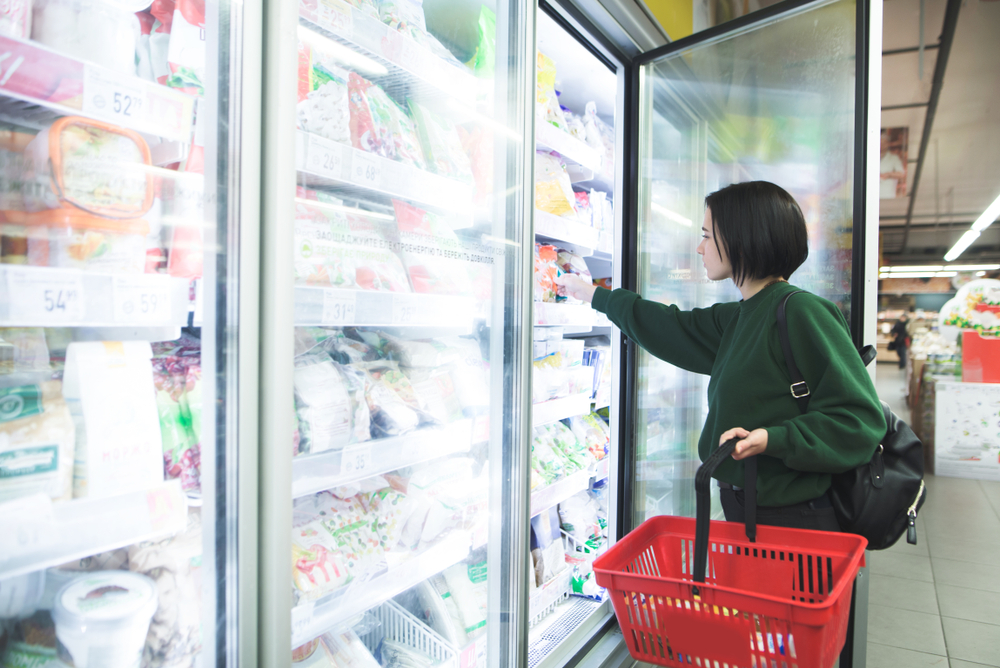Household Bills
Shoppers head for the freezer aisle to keep food bills down

Shoppers are switching from fresh to frozen food as they attempt to keep the cost of the goods in their trolley down.
As demand for overall food volumes fell by 3.8% for the 12 weeks to March compared to the same period last year, frozen food demand held steady, according to data collected by research company Kantar.
Frozen chicken and ready meals such as pizzas and chips were the most popular with demand up 5.9% and 2.6% respectively.
Similar findings were revealed by rewards app ZipZero which found that over the past 12 months 25% of the shoppers surveyed said they had begun buying more frozen food.
Food inflation rose by 18.2% in the year to February, according to the latest inflation figures from the Office for National Statistics making it the fastest rise in prices for 45 years. The largest contributor to the rise in food costs was the price of vegetables.
Waitrose, M&S and Iceland have all seen an increase in the popularity of their frozen food ranges as shoppers look for ways to make budget cuts, according to the BBC.
‘Brits have been forced to drastically change where they shop’
Mohsin Rashid, chief executive of ZipZero, said: “Sky-high food inflation has invariably shifted consumer habits. Out of necessity, Britons have been forced to drastically change where they shop, with one-in-four switching to a cheaper supermarket.
“Indeed, what they are buying is changing too. Whether it be trying cheaper brands, turning to a more vegetarian diet or stocking up on frozen goods, British consumers are finding savvy solutions to reduce their food spending. Yet, ultimately, there are only so many cost-cutting measures that Britons can take.
“While it is in the Government’s hands to tackle inflation for a long-term resolution, supermarkets have a role to play in the meantime. Those who continue to raise prices risk cutting off the hand that feeds and many may find their customers turning to cheaper alternatives as a result.”